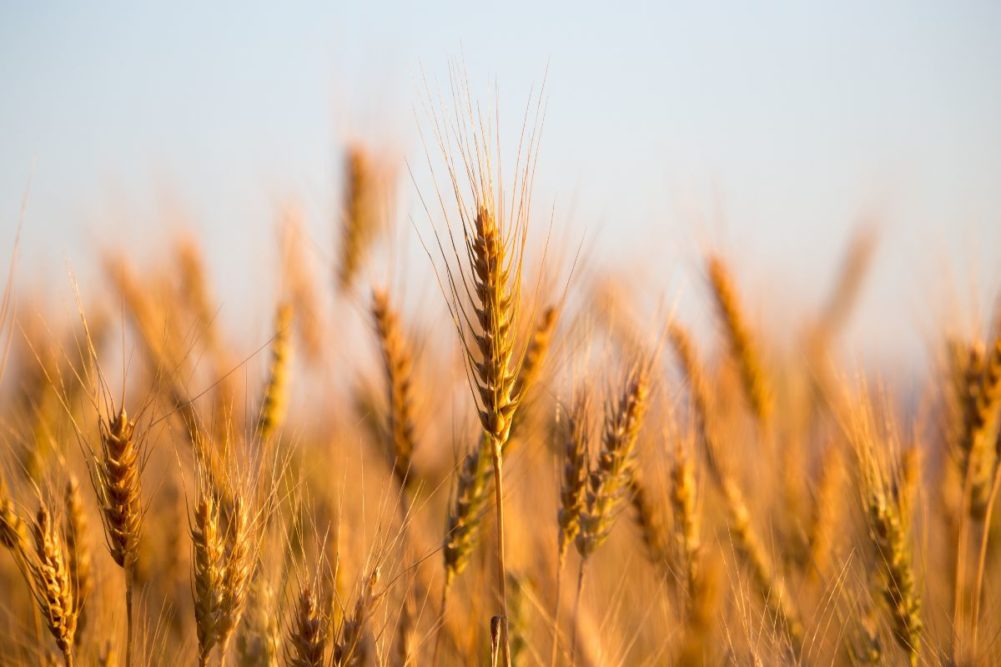TOKYO, JAPAN — Japan will continue its trend of planting more wheat and less rice in the 2023-24 marketing year, according to a Global Agricultural Information Network report from the Foreign Agricultural Service of the US Department of Agriculture (USDA). The USDA’s preliminary projections also have the shift from rice to wheat continuing in 2024-25.
The USDA’s latest forecast sees wheat harvested area increasing by 3.5% and production rising 10% to 1.17 million tonnes in the upcoming marketing year, while rice acreage is projected to decline by 1.1% to 1.48 hectares with output falling slightly to 7.45 million tonnes. Rice production and consumption in Japan has decreased steadily over the past 10 years.
Over that same period, wheat imports gradually have declined as domestic output has increased. The USDA forecasts 2023-24 wheat imports to decrease by 3.5%, to 5.5 million tonnes, compared the prior year.
“Farmers could increase wheat production further but domestic supply chains are currently limited in the amount of domestic wheat they can handle each year,” the USDA said. “The government of Japan aims to increase wheat and soybean production under the Food Security Reinforcement Policy Framework, published in December 2022, and will also fund supply chain infrastructure improvements in 2023.”
Japan traditionally has ranked among the world’s top 10 wheat importers, with most of its supply coming from the United States.




